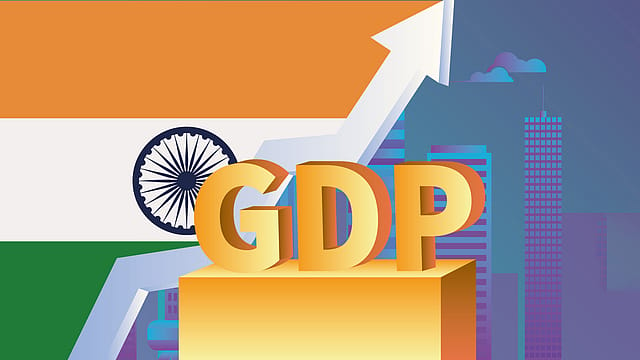India's growth to be the highest among advanced, emerging G-20 countries: Moody’s
ADVERTISEMENT

India's growth will remain the highest of the advanced and emerging G-20 countries, supported by tax measures and continued monetary easing, according to Moody’s Ratings.
India has a low external vulnerability indicator (EVI) of 61%, indicating its relatively lower susceptibility to external financial shocks, the ratings agency said, adding that this is supported by its relatively modest external debt to GDP ratio of 19% and low export dependency on the US (about 2% of GDP).
India and Brazil benefit from deep domestic capital markets, diversified economies and are more equipped to continue attracting capital or withstand capital outflows, Moody’s said in a report.
Large emerging markets such as India and Brazil are better positioned to attract and retain global capital in risk-averse conditions because of their large and domestically oriented economies, deep domestic capital markets, moderate policy credibility and substantial foreign exchange reserves, it said, adding that these two economies also have deep domestic capital markets and low external vulnerability indicators.
These attributes provide buffers against external financial pressures and, as a result, give investors confidence, it said.
Countries like India with a higher proportion of domestic currency-denominated external debt are better insulated from exchange rate risks, said Moody’s.
Emerging markets (EMs) are exposed to choppy waters from the churn of US policies and its potential to reshape global capital flows, supply chains, trade and geopolitics. Large emerging markets have resources to navigate the turbulence. But smaller, open EMs are more vulnerable because they rely more on cross-border trade and investment for growth. Differentiation among EMs in terms of economic growth, financing conditions and currency volatility will become more pronounced as US policies continue to shift, with potentially far reaching credit implications, according to Moody’s.
December 2025
The annual Fortune 500 India list, the definitive compendium of corporate performance, is out. This year, the cumulative revenue of the Fortune 500 India companies has breached $2 trillion for the first time. Plus, find out which are the Best B-schools in India.
According to Moody’s, APAC is the EM region most exposed to US tariffs because of its integration in global trade. Malaysia, Thailand and Vietnam are among the countries whose economies could be hit hardest by an escalation of US-China trade tensions given their close trade and supply-chain ties with China, and relatively high exports to the US.
“The capacity of EM economies to take punitive action against the imposition of tariffs by a large economy like the US is limited. Furthermore, those that run overall current account surpluses and are tied into global supply chains with China (A1 negative) are ill equipped to influence trade flows or policies of large nations. However, they could get caught up in trade policy rifts and be called upon to make policy concessions and adjust their trade balances,” said Moody’s.
India has a lower overall exposure relative to most others in the Asia Pacific region, although certain sectors such as food and textiles as well as pharmaceutical products face risks, Moody’s said earlier.
After meeting Prime Minister Narendra Modi at the White House earlier this year, US President Donald Trump said that the U.S. wants a level playing field to bring down its trade deficit with India, announcing a new energy deal that will pave the way for more oil and gas exports from the U.S. to India. The energy agreement will make the U.S. the largest supplier of oil and gas to India, Trump said.
